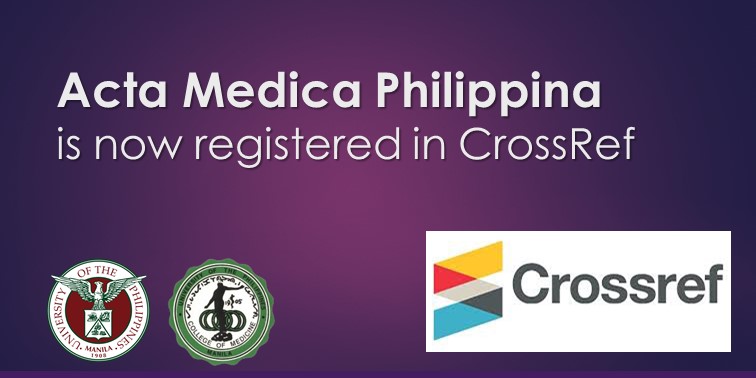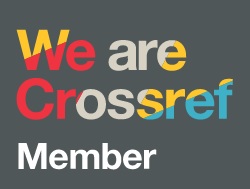Facilitators and Barriers to Implementation of the Pharmacy DOTS Initiative in Selected Project Sites in the Philippines
DOI:
https://doi.org/10.47895/amp.vi0.3106Keywords:
barriers, facilitators, tuberculosis, directly observed therapy, program evaluation, pharmacyAbstract
Objectives. The Pharmacy DOTS Initiative (PDI) was relaunched on a larger scale in 2014 through the Innovations and Multi-Sectoral Partnerships to Achieve Control of Tuberculosis (IMPACT) project. This paper aimed to assess the PDI program through IMPACT by identifying the facilitating and hindering factors in its implementation. The identified factors are classified as to the affected stakeholders or processes.
Methodology. Semi-structured interviews were conducted with the PDI Program Manager and four NTP coordinators from selected project sites. Thematic analysis was done to determine the recurring facilitating and hindering factors as identified by the key informants.
Results. Facilitating factors identified include cooperation of the stakeholders, capability-building and a good referral system. The barriers to the implementation were grouped into patient-related, pharmacy-related, health center related, program-related as well as external factors.
Conclusion. The referral system created through PDI facilitated the flow of referrals starting from the pharmacy. This enabled presumptive patients to have access to health facilities for TB. Hindering factors contributed to the inability of the engaged pharmacies to sustain their consistency and commitment in conducting the PDI interventions.




.jpg)



